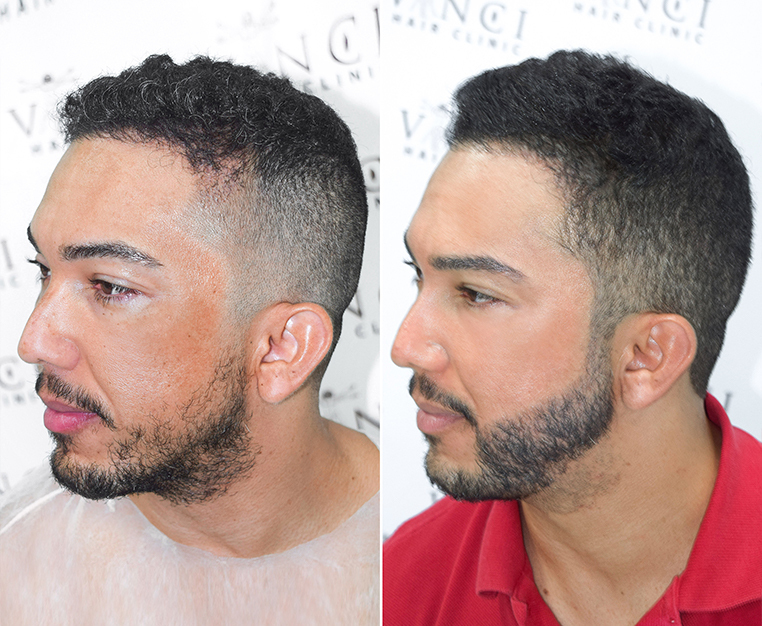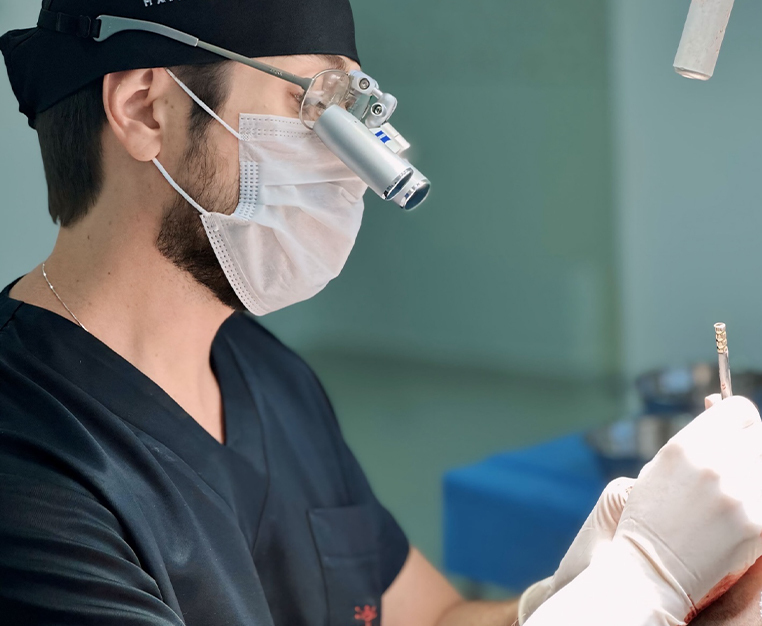You probably know it as male or female pattern baldness. If you’re a stickler for using the correct terminology, you might refer to it as androgenetic alopecia. Whatever you choose to call it, it’s still the same hair loss problem you’ve inherited from your family. About half of all adults will be showing some signs of hair loss by the time they hit forty, so it’s no surprise that people look around for explanations. Just who exactly in the family is responsible for passing on baldness is a question many of us have asked. Does it come through your mother’s line, as many people believe, or is that simply one of the many myths surrounding hair loss?
This article will look at the whole issue of inherited baldness. Keep scrolling if you’re ready to play the hair loss blame game!
Pattern Baldness
There are important differences in how baldness develops in men and women. In men, the problem usually kicks off at the hairline and temples, and it can start being noticeable as early as the teenage years. The hairline continues to recede until the top of the head is almost totally bald.
Women, on the other hand, experience more of a diffused kind of hair loss. While this type of general thinning rarely results in total baldness, it does mean that hair restoration treatment can be more difficult; hair transplants, for example, are more straightforward for men because they have clearly defined balding areas and donor sites whereas women don’t.
With pattern baldness, there is also the added complication that the condition isn’t always visited upon the next generation. Sometimes it can miss out one or two generations of a family. Equally true is the fact that there’s no hard and fast rule determining who in a particular family will inherit the condition; one sibling may have a full head of hair while another could end up with a baldness problem.
Myths
There are many half-truths and myths surrounding inherited baldness. One of the most prominent among these is the notion that the gene for male pattern baldness is handed down from mothers to sons. Consequently, many young men have been told that if they want a glimpse of their future hair they should take a close look at their uncles on their mother’s side.
The truth is more complex than that and explains why there is unlikely to be any gene therapy that will cure baldness in the foreseeable future. Most doctors and hair specialists believe that both parents have some share of the blame when it comes to hair loss. Rather than there being a single ‘baldness gene’, the evidence points to androgenetic alopecia being the result of a complex interaction of several genes.
The Evidence
The scientific consensus around androgenetic alopecia is that it’s mostly genetic and brought on by changes to our sex hormones. One recent study in the United States put forward the theory that baldness results from inflammation in androgenic alopecia-prone tissues which increases the amount of the sex hormone dihydrotestosterone (DHT). DHT is part of the process that causes hairs to become thinner and even to stop growing completely.
That takes us back to the question of where the androgenic alopecia-prone tissues come from. German researchers have found that early balding in men may be due to the androgen gene, a male sex hormone on the X-chromosome. This chromosome is inherited from one’s mother. Men with this gene could be predisposed to having more androgen receptors and are therefore more likely to go bald.
Other genes were also identified as having a role, however, and these don’t depend upon the sex of the parent. A study conducted in 2008 by researchers at McGill University, King’s College London and GlaxoSmithKline showed the importance of Chromosome 20 on early-onset male pattern baldness, a strong indication that the DNA of both parents plays a role in baldness genes.
Conclusion
When it comes to androgenetic alopecia, playing the blame game is a pointless activity. It’s almost as pointless, in fact, as gazing at your older relatives and trying to guess if your hair is going to end up like theirs. Instead, you should monitor your own hair closely. If you suspect you’re losing more hair than normal, get it checked. It’s that simple.
Hair loss is tackled most effectively when it’s tackled early. That’s why it’s important not to put off talking to an expert if you suspect you have a problem. Vinci Hair Clinic can help with that. We are one of the largest and most successful hair restoration organisations in the world. We offer a free, no-obligation consultation to all our new clients, one that can happen in person or using photographs on WhatsApp. Get in touch and make your appointment today!





